
|
UKF
Grant Agreement No. 71/10
| 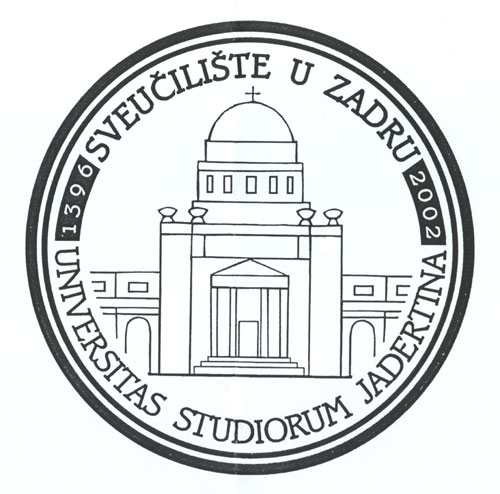
|
TITLE
Gaining experience in
radiometric and stable isotope measurements
Main
applicant
Nina Lončar ,PhD student, assistant, University of Zadar, Department of
Geography
Co-applicant
Mira
Bar-Matthews,Ph.D., Senior Scientist, Geological Survey of Israel
Collaborators
Sanja Faivre,
Ph. D., associated
professor, University of Zagreb, Department of Geography
Avner Ayalon, Ph. D. Senior Scientist, Geological Survey of Israel
Introduction:
One of the most pressing concerns for humans on Earth today is the climate change. By exploring past climate changes, their magnitude and rapidity, we obtain a basis for understanding how future climate changes may influence our environment. Cave sediments can archive very good records of climate changes. Speleothem are used to get proxy records of past climate changes. The timing of speleothem grow can indicate the climatic conditions, because the formation and growth rates of speleothems depend on the availability of water. Stalagmites are particularly useful because of their relatively simple geometry and because they contain several different climate indicators. Most widely measured are the isotope ratios for 18O/16O and 13C/12C. The change of oxygen isotopes ratio is related to temperature variations and is widely interpreted as a palaeoclimate thermometer. The carbon isotopes ratio is related to the type of vegetation on the land surface above the cave. Radiocarbon and U-Th dating are most frequently used radiometric methods in geochronology. Climate recorded in cave sediments is greatly a matter of the local climate conditions in the vicinity of the cave. Shifts in climate as reflected in the oxygen isotope profiles of dated speleothems have been measured worldwide. A key question that follows is how these local temperature profiles relate to changes on the regional and global scale? To answer this question sensibly, we need much more data from different locations. Data from Croatia can contribute to answering the important question about the climate change on a broader spatial scale.
Karst occupies almost 50% of Croatian territory which is abundant with karst features and often referred to as Classical Karst. Until today there are around 9000 discovered caves and pits. Despite these facts, there are only few investigations on reconstructing the palaeoclimate and palaeoenvironmental changes using the speleothem records in Croatia. The most important among them are the researches based on submerged speleothems from the eastern Adriatic Sea (Surić et al. 2005, Surić et al. 2009).
I’m writing a doctoral thesis on Reconstruction of climate setting on the Croatian Adriatic based on the data from the caves. At the moment, the field survey and sampling from caves on the several Croatian islands are in progress. The goal is to get the information on the climate change during the last 10.000 years. Geological Survey of Israel is the leading group in this field and my research can greatly benefit from their vast experience and expertise. In order to fully analyze data from the speleothems, it is essential to establish the collaboration with the Geological Survey of Israel both to learn how to perform the research using the relevant methods and to interpret the results obtained.
Objectives, significance and contributed added value of the visit
Aggravating circumstances in performing palaeoclimate researches in Croatia are high operating costs and inability to conduct the needed high resolution measurements. The Geochemical Laboratories of Geological Survey of Israel is in the forefront of technology with various systems operated. It is an analytic array of the first order for gaining the skills and experience in using the methods of isotopic measurements. Learning and applying these methods can upgrade and expand the knowledge about the Croatian caves and palaeoclimate. Information about climate and environment can be used in education and for emphasizing the importance of the protection of the caves as unique karst phenomena and natural heritage.
Expected measurable results of the visit
- Learning the methods and principles of radiometric dating and stable isotope measurements
- Learn how to use and properly interpret the data obtained
- Gathered data will contribute to the scientific knowledge about the climate conditions and changes in Croatia during the late Quaternary
Relevance and potential benefit of the project to the development of Croatia
The significance of this project is acquiring knowledge on most recent methods in my field of research and applying them to get the accurate and precise data for the reconstruction of climate and palaeoenvironmental conditions in Croatia. The data will contribute to the debate about the relations between climatic, geologic, and geomorphologic impacts on development of the karst relief in Croatia, but can also contribute to our understanding of climate change in general. Results will serve to Croatian and worldwide researchers in the fields of geology, geomorphology and climatology, for the comparison of the data gathered from other parts of the Europe.
Results:
During the visit to the Geochemical Laboratories of Geological Survey of Israel I was able to learn the process and to conduct the high resolution isotopic measurements. All objectives were realized according to the plan which was consisting of:
Lectures on the fundamental principles and practical applications of stable isotope methods in paleoclimatology and environmental science given by Dr. Avner Ayalon and dr. Mira Bar Matthews.
Laboratory training course sample preparation:
Physical pre-treatment of the samples (practical work under the supervision of Dr. Mira Bar Matthews and Gal Yasur). Cutting, drilling and micro-drilling for U-Th and stable isotope analyses (under the supervision of Dr. Avner Ayalon and Sagiv Cohen).

| 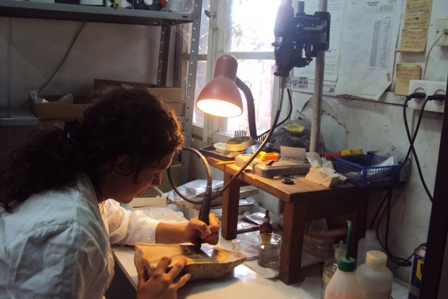
|
Fig 1. Labeling and drilling the samples
Laboratory training course: Sample preparation for the U-Th measurements and chemical preparation of the sub-samples for U-Th measurements under the supervision of Dr. Mira Barr-Matthews and Gal Yasur.
Fig. 2 Chemical preparation for the U-Th measurments Running the U-Th analyses: U-Th dating was performed by Dr. Mira Bar Matthews using a Nu Instruments Ltd (UK) MC-ICP-MS.
MC-ICP-MS Dr. Mira Bar Matthews
Fig. 3 Running the U-Th analyses
Laboratory training in stable isotopes analyses under the supervision of Dr. Avner Ayalon and Tami Zilberman. The measurments were performed in high resolution using a Gas Bench system attached to a Delta Plus ThermoFinnigan mass spectrometer.
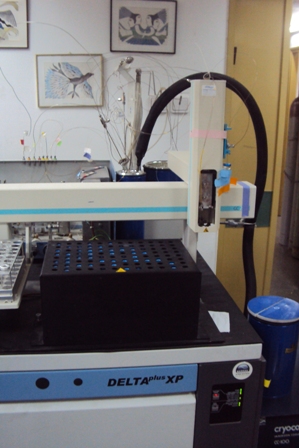
| 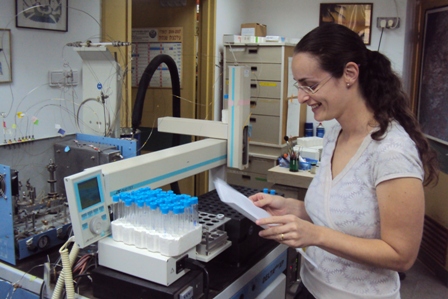
|
Fig. 4 Running the oxygen and carbon stable isotope measurments
Field trip to Soreq Cave (Avshalom Cave, 3 km east of Bet Shemesh) study site of Geological Survey of Israel for karstological/speleological and paleoclimatological researches.
| 
|
Getting started...... Dr. Avner Ayalon, Nina Lončar, Dr. Mira Bar MatthewsFig. 5 Field trip to Soreq Cave I have gained a valuable experience in performing the methods of isotopic measurments and applying their results in the environmental and the paleoclimatic studies. The analyses resulted in the age and isotopic values (δ18O and δ13C)for 10 speleothems from the Croatian caves which will be discussed in my doctoral thesis, scientific publications and public lectures.
I would like to express gratitude to all the institutions and people involved in this project.
Cheers!
Nina Lončar
The project was supported by:

| REPUBLIC OF CROATIA
MINISTRY OF SCIENCE, EDUCATION AND SPORTS
|

| Science and Technology Project
World Bank Loan No. 7320-HR
|

| Unity Through Knowledge Fund
|

| Organizational and administrative support was provided
and managed by the
University of Zadar
|
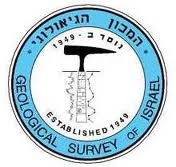
| Scientific monitoring and tutoring, budget for training and laboratory analyses were provided by the
Geological Survey of Israel
|
Total project costs in HRK: 63.479,82
UKF funding: 26.171,26